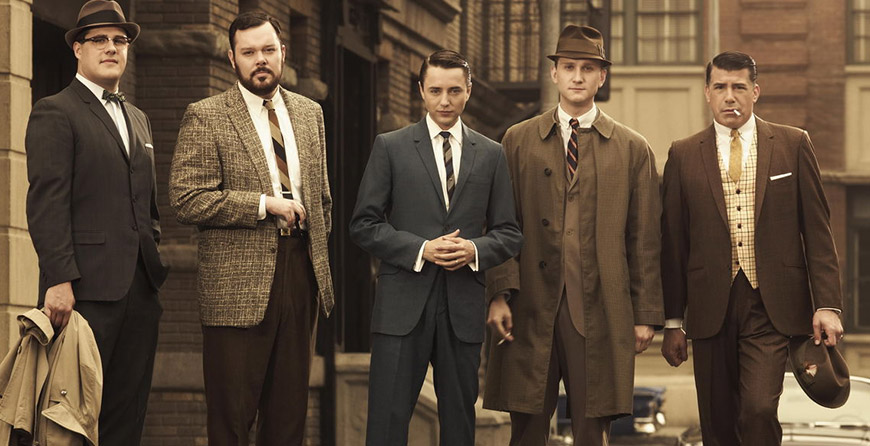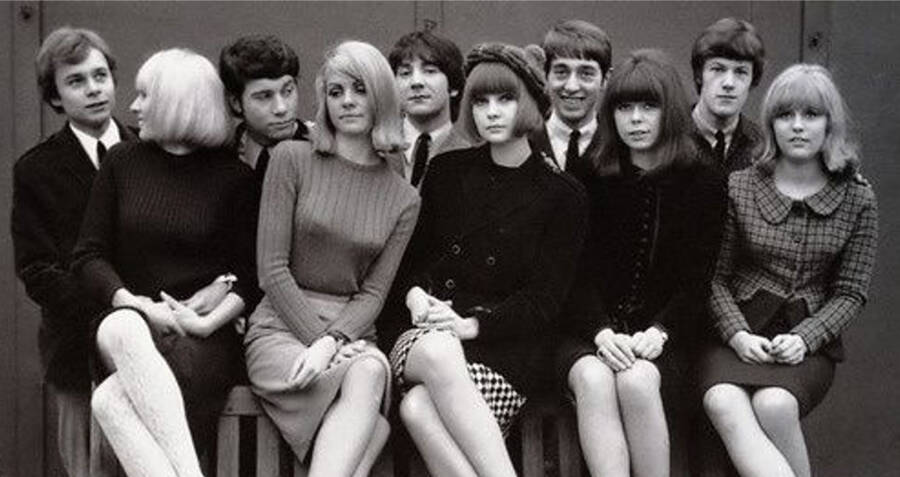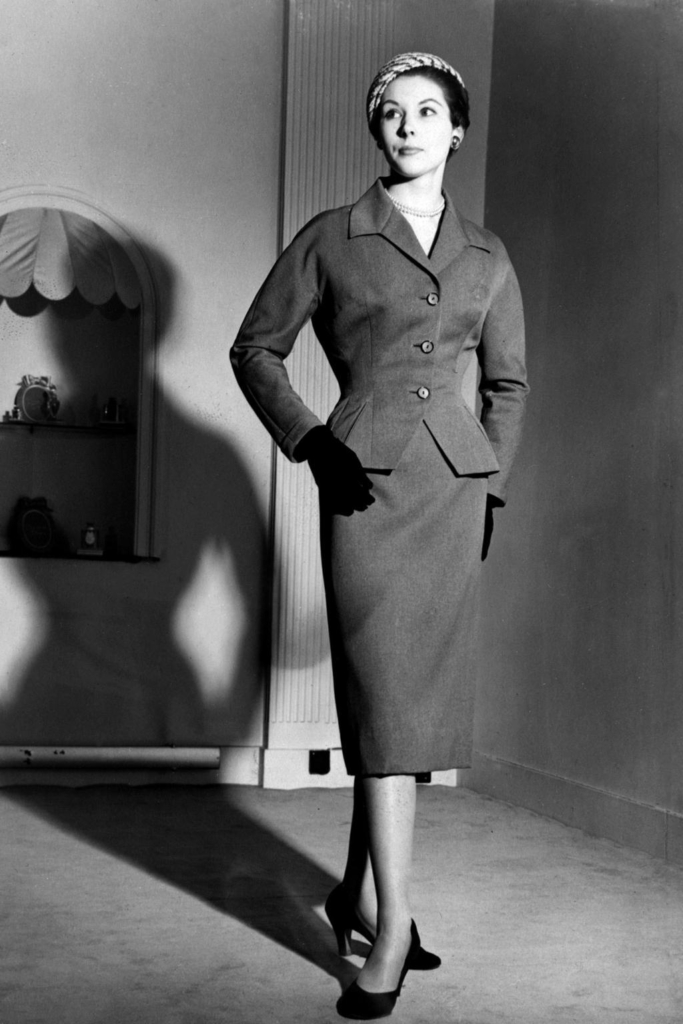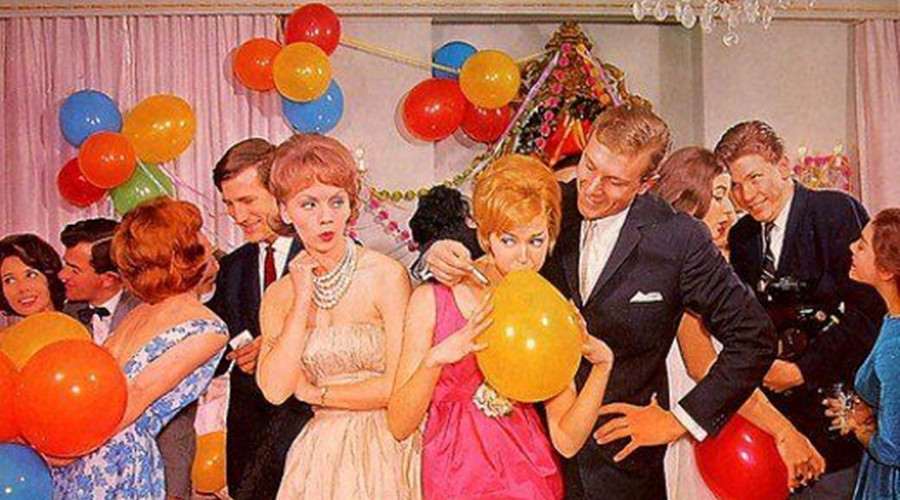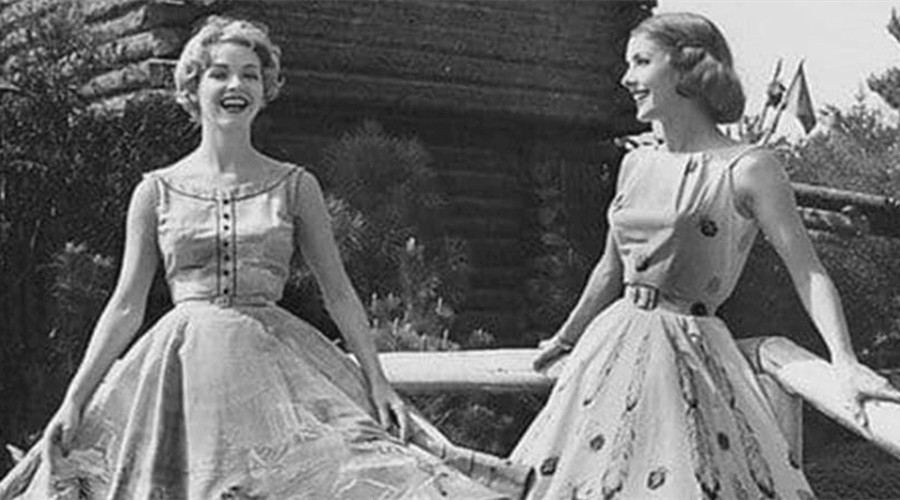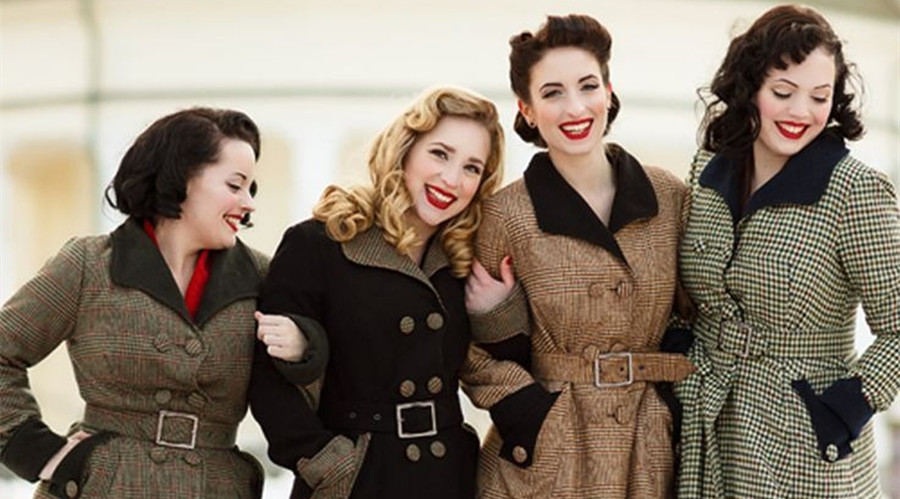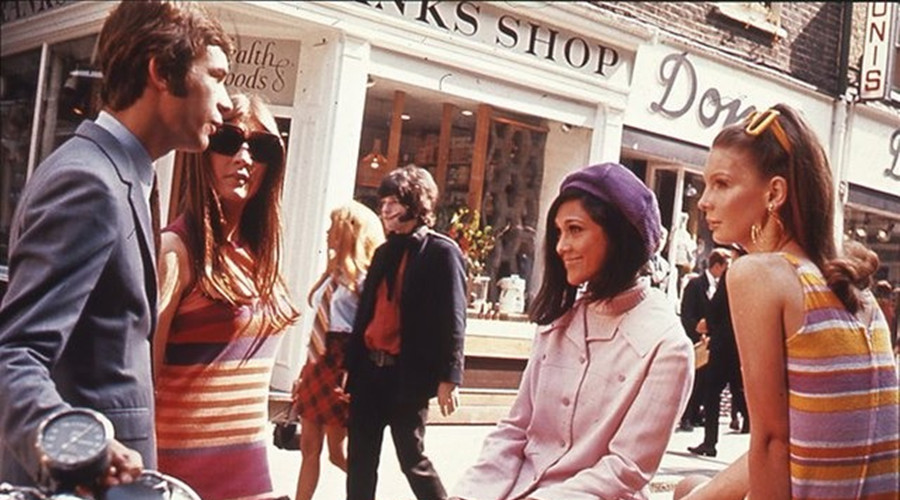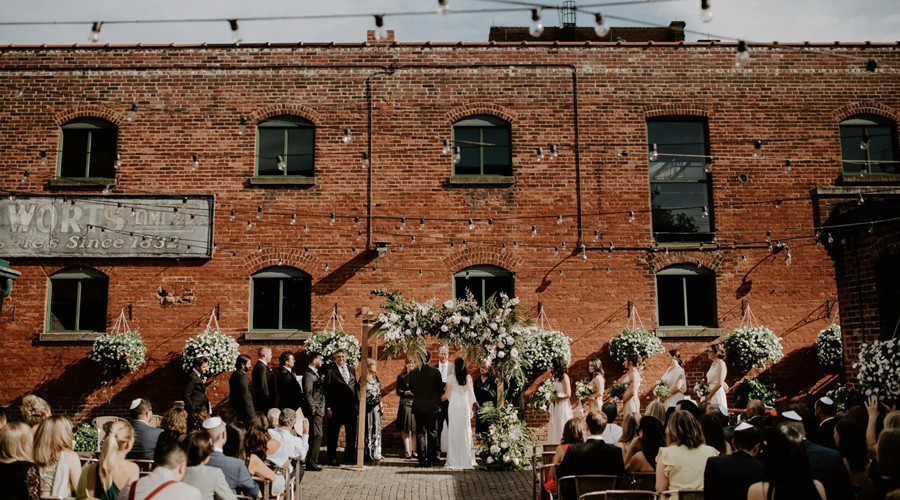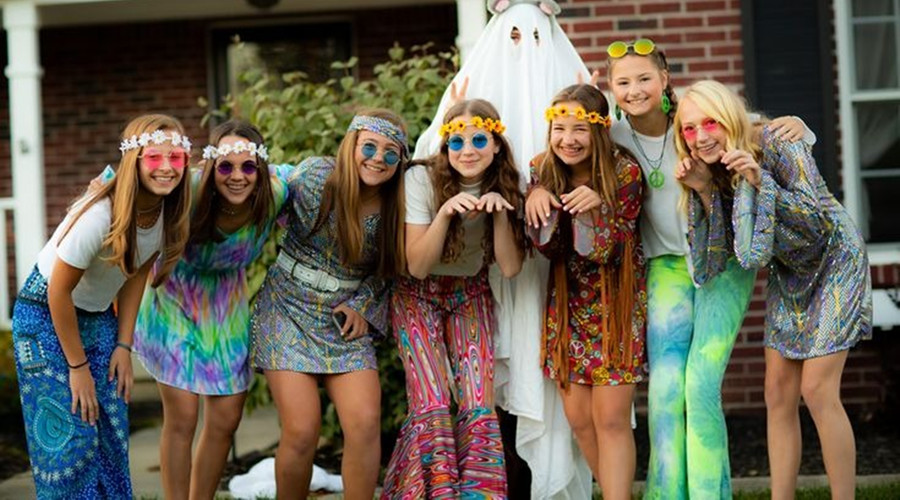As conflict broke out into the earth, strict guidelines on how human beings should occupy their standard of living transformed. Numerous people were put in a specific job or the other which increased the labor in textile production and with the operating environment, the manufacturing sector improved its effectiveness through machinery thereby creating a higher-end product of clothing materials.
Experiments in up to date substances were carried out, deeper colors and richer colors were worn thus giving a further step for the clothing production industry through marketing. But unfortunately, many people were shortly supplied as a result of the outbreak of the Second World War.
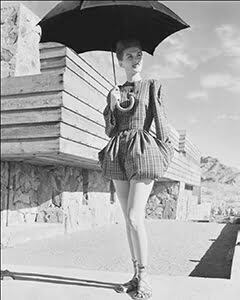 With the dominance of the 1940s clothing style affected by World War II, When the war finished, Christian Dior, a French fashion designer, kicked in his own style which was tagged ‘New Look‘ in Paris, giving feminine fashion an overtly womanly figure. An American designer, Claire McCardell, focused on the ladies as she was inspired by the work-clothes which started to gravitate in direction of the energetic and relaxed American appearance.
With the dominance of the 1940s clothing style affected by World War II, When the war finished, Christian Dior, a French fashion designer, kicked in his own style which was tagged ‘New Look‘ in Paris, giving feminine fashion an overtly womanly figure. An American designer, Claire McCardell, focused on the ladies as she was inspired by the work-clothes which started to gravitate in direction of the energetic and relaxed American appearance.
40s fashion can be split into two classes. The foremost was empirical, fibrous and a coarse kind of the 1930s fashion while the second was rich, with an understandable center of attention on style. With an actuality check, the early 1940s clothing was an augmentation of the previous decade, making the extent of the dresses and skirts above the knee.
The hat was still a main accessory and brands were well-known for dresses and blouses. Just like the 1930s, the features were kept straightforward with a concentration on buttons, neckband, and maybe a knot or two. Women looked beautiful with their skirts and heels giving a lasting feeling. Upon the fact that the fashion had a muscular feel, it was still produced with purification through the course of the textile, the cosmetics look, and the moderately defined waist.
In the second part, Dior’s style of sight for women became a reality and he brought back the joy of fashion again. With his collection, he returned the concentration on the female figure with the girdle, heavy skirts, and swollen blouses.
Dresses, skirts, and blouses were three of the most favored in 1940s clothing. Women’s dresses hit knee-length, had explicit shoulders and waists, garnished with buttons and pockets which were motivated from army get-ups, popular in floral prints, but dots and neutral colors were liked as well.
For 1940s clothing, Pants, which were often knitted became a garment piece to trust and was frequently worn with blouses or defined jumpers. There was a similarity in style to the men’s, commonly in blazing colors and sometimes with a matching reefer. With matching pants, reefer jackets, and blouses, women welcomed a masculine fashion. Clothes that were further useful and fit for work. Upon its limitation on materials, the skirts and dresses of the early 1940s fashion were just up to knee-length as they tried to stabilize the harsh lines of the military fashion.
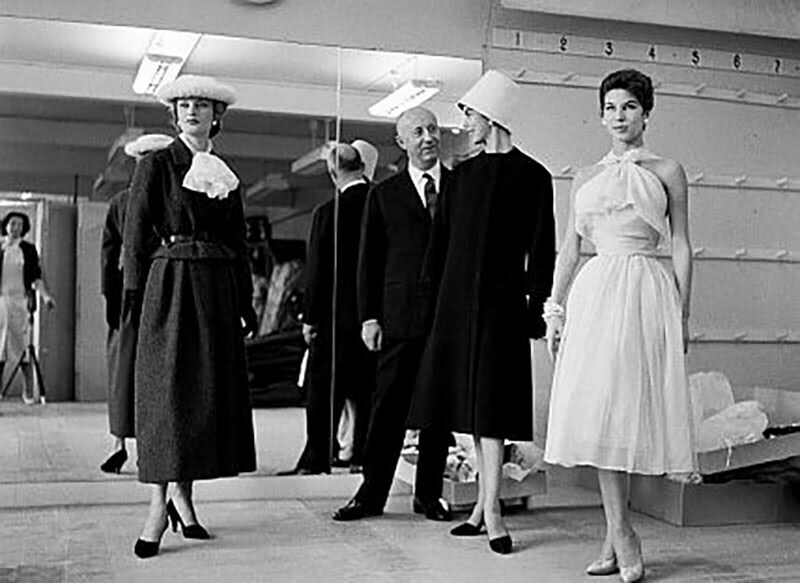
Towards the completion of the decade, all details of the 1940s were boosted. The skirts were heavier and wider, the shoulders wider and the waist even thinner. This was the handiwork of Dior’s fashion, returning femininity into the 40s fashion.
The men’s wear was very smart casual, as they would mainly wear a suit and maybe tie as well and a hat which was extremely popular. Fur and animal skin was extremely popular as 1940s clothing but it was mainly worn by famous/higher class people because of its expensive price. Scarves during this era were worn by everyone which was popularly called “mufflers”. Colors of 40s fashion were vibrant colors. Women’s shoes were mainly red, white, or blue.
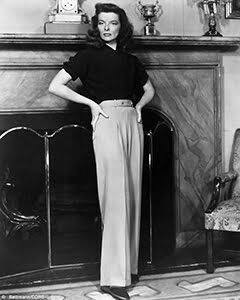 The German capture of Poland in September 1939 paved a way for all that occurred in the following decade. And as fashion goes with social trends and the happenings of the world, the 40s fashion was affected by the economy, World War II which required new dynamics in clothing styles in the fashion industry.
The German capture of Poland in September 1939 paved a way for all that occurred in the following decade. And as fashion goes with social trends and the happenings of the world, the 40s fashion was affected by the economy, World War II which required new dynamics in clothing styles in the fashion industry.
In the later 40s when the motion picture or better still, Hollywood, was brimming with life, the 1940s clothing was influenced by actresses and fashionistas. Ava Gardner, Doris Day, Heidi Lamarr, Ginger Rogers, Bette Davis, Joan Crawford, Rita Hayworth, Katharine Hepburn, and others, had a hand in bringing the 1940s fashion style back to life after the harsh reality of the war.


